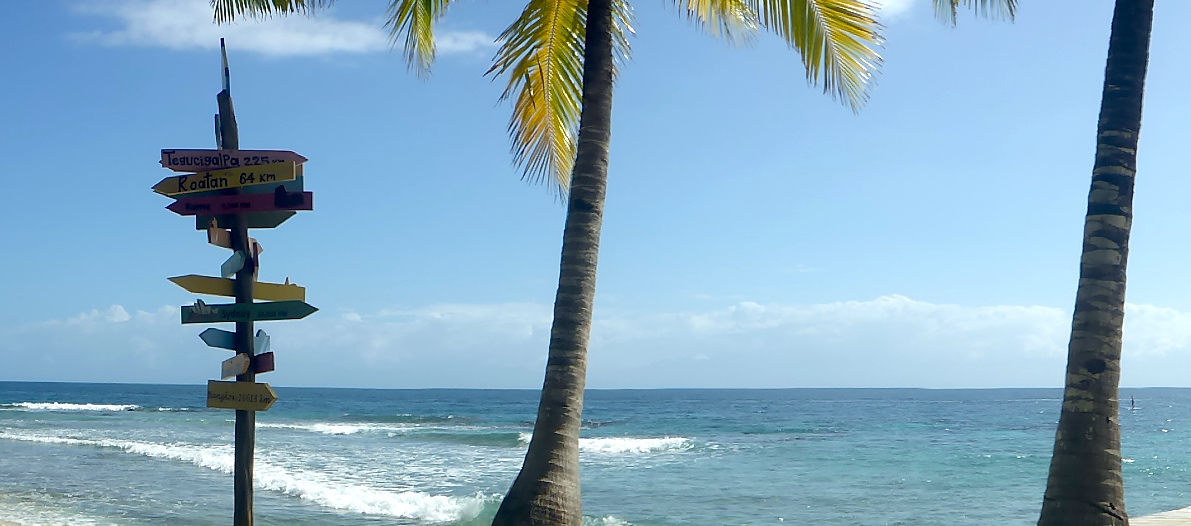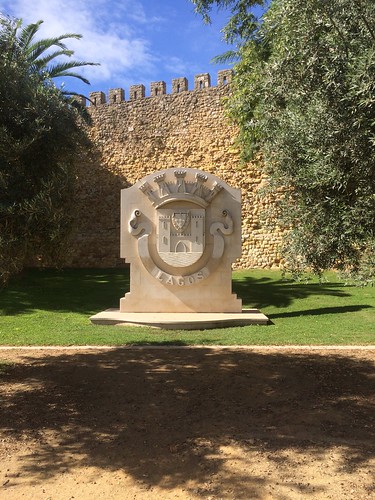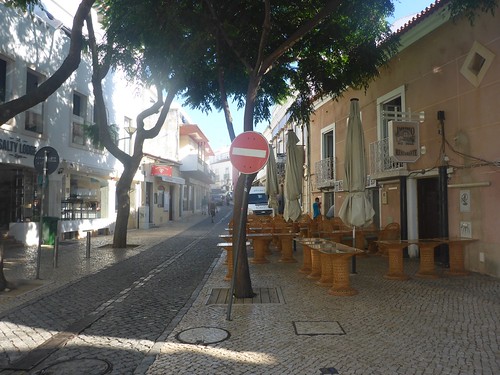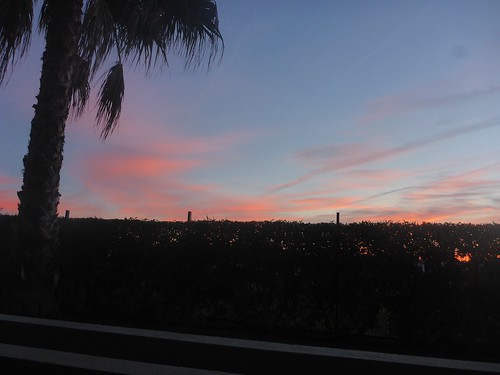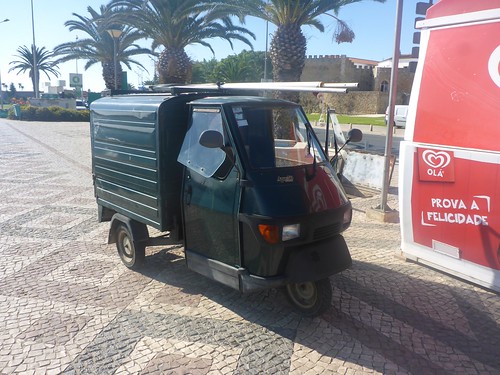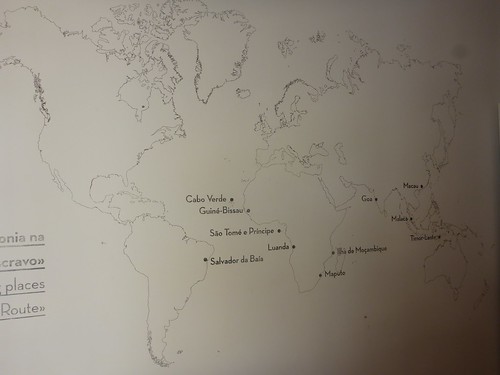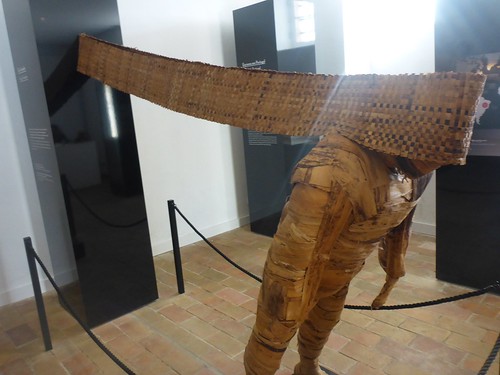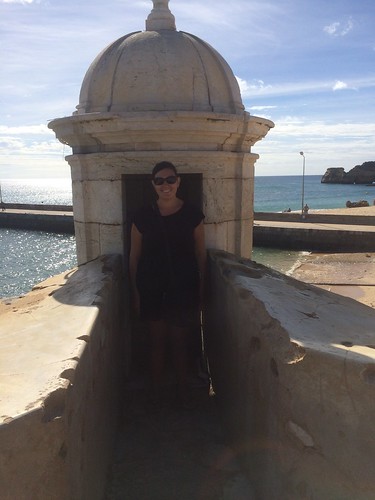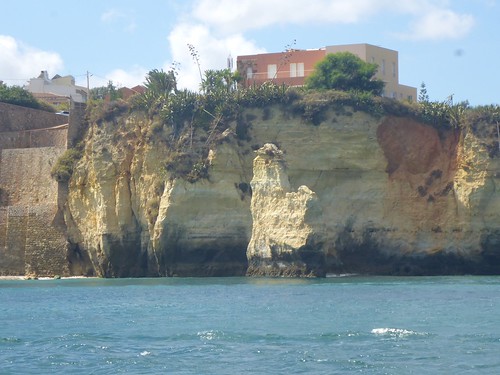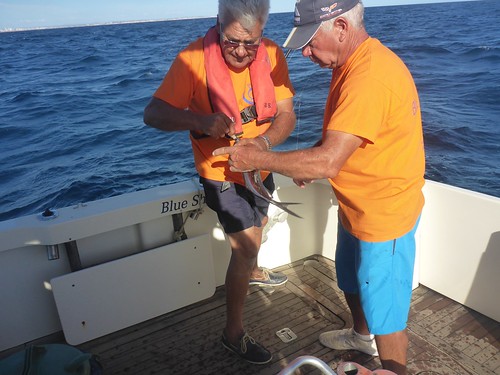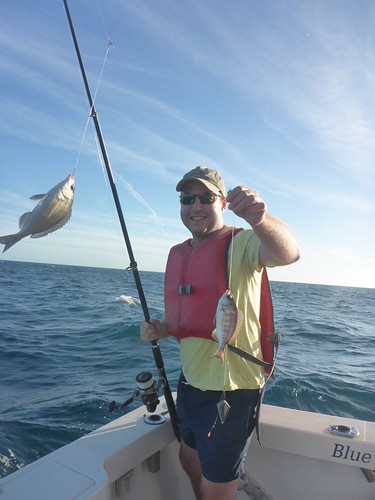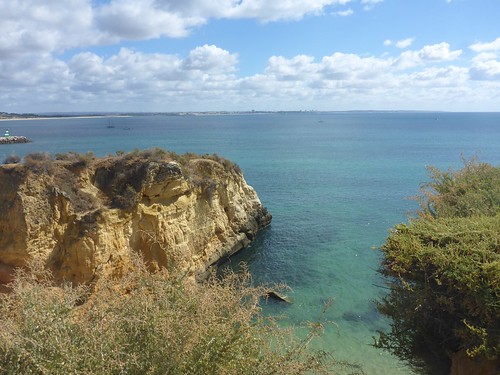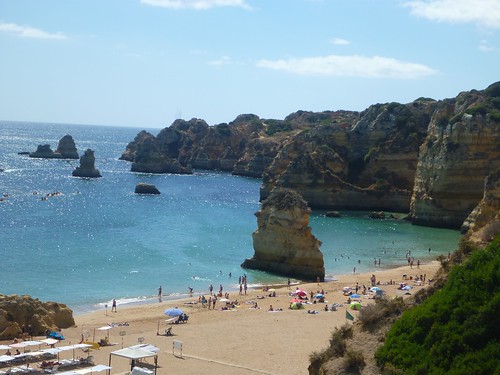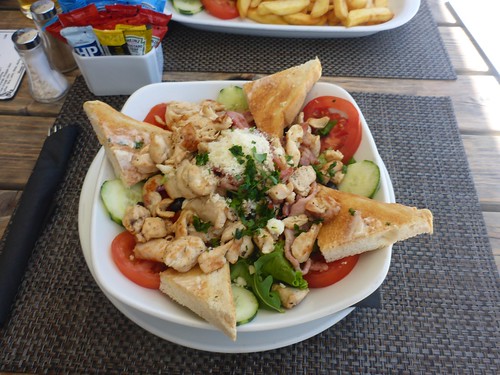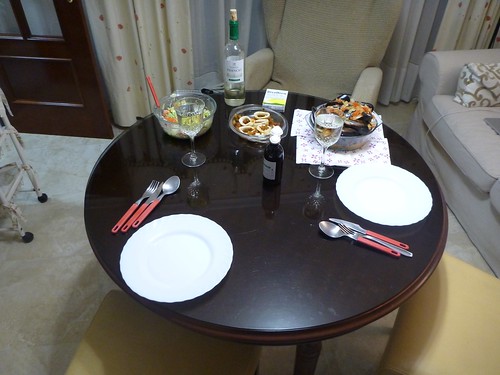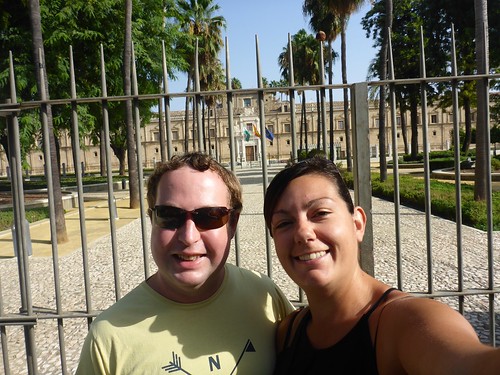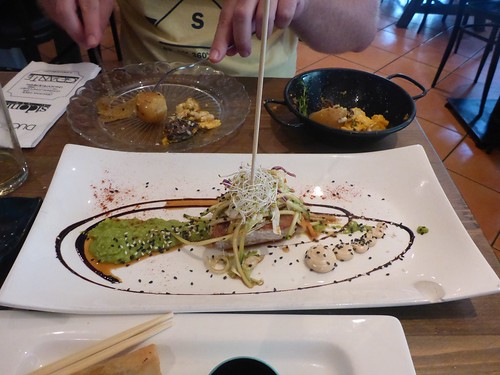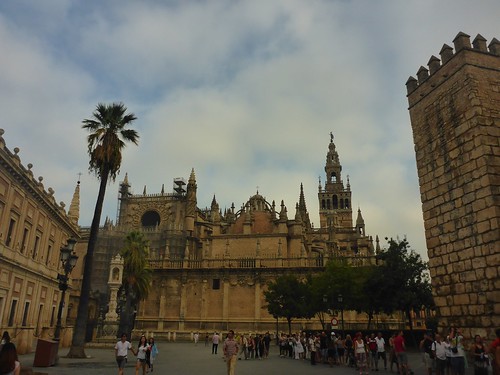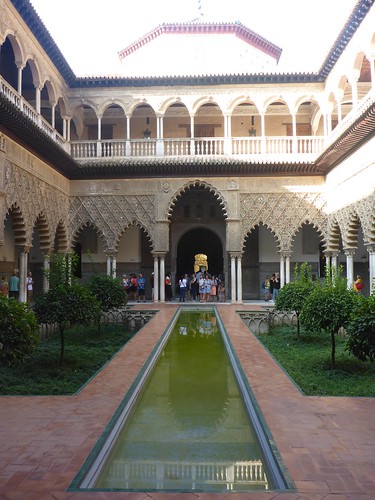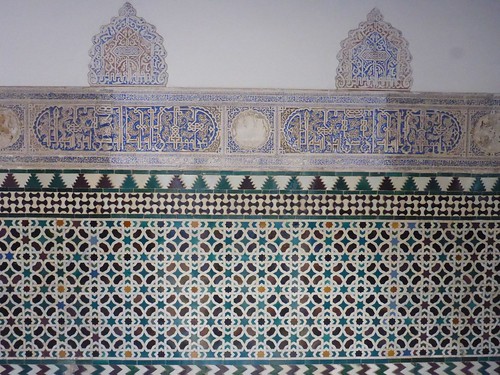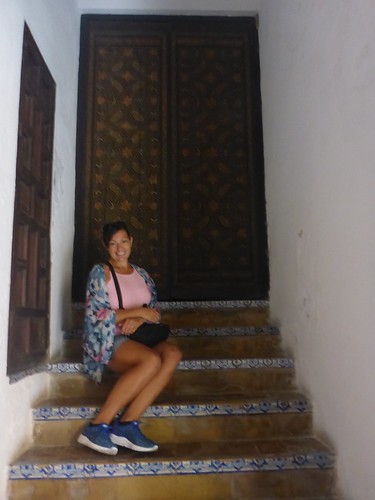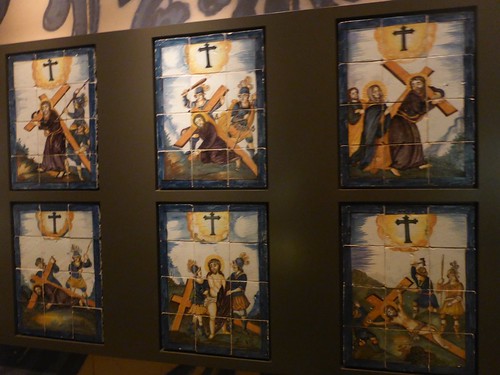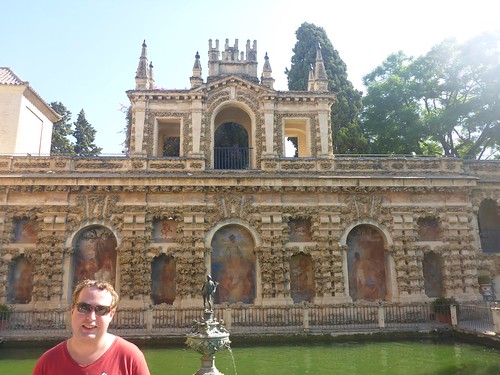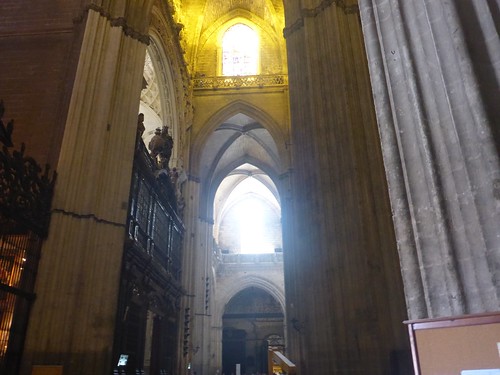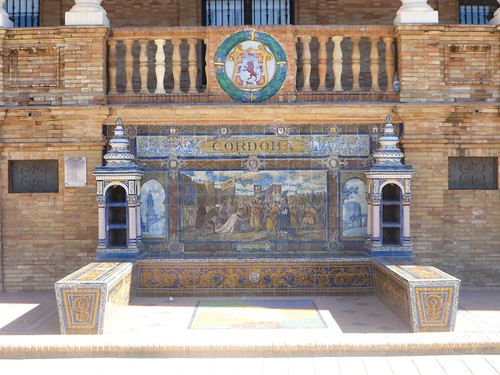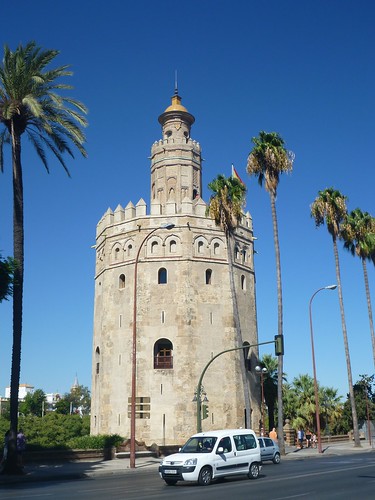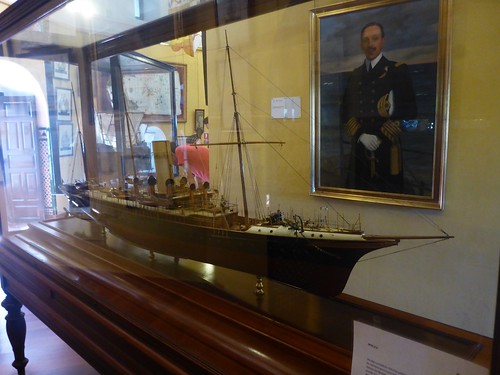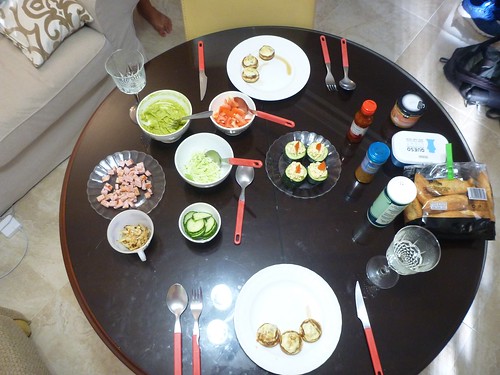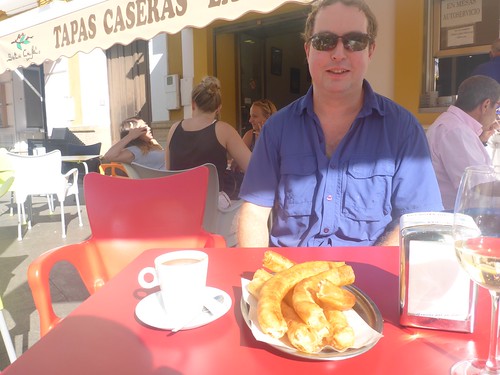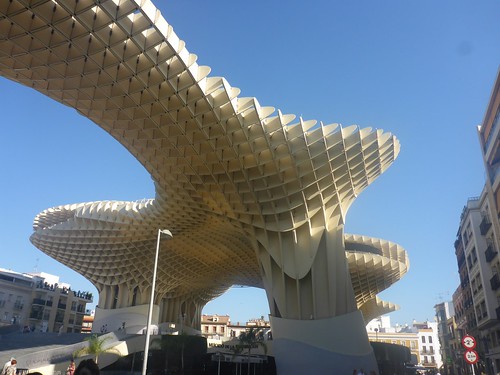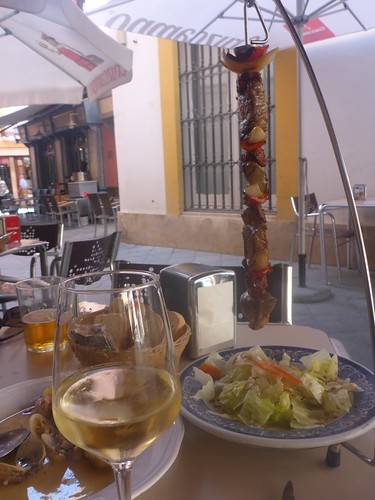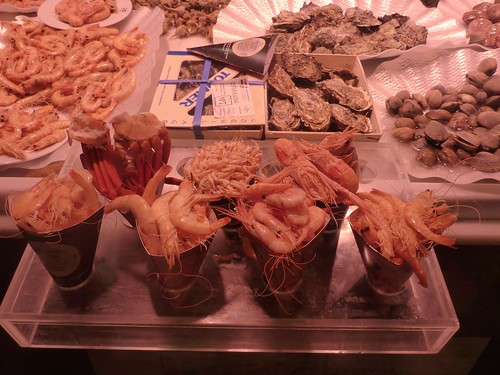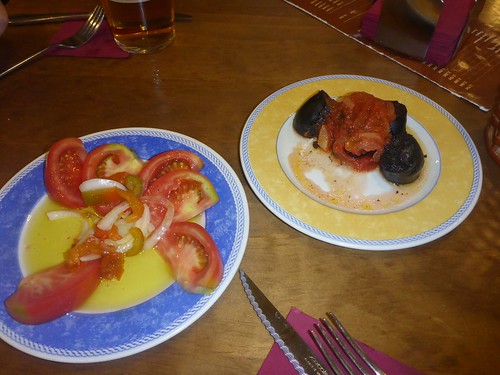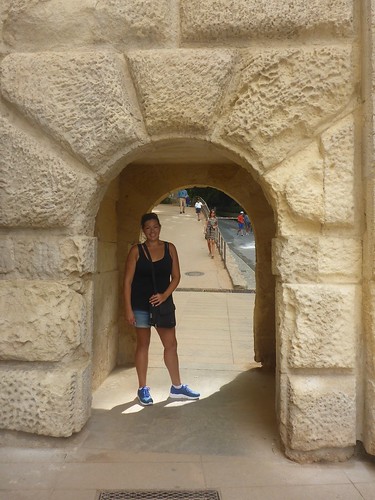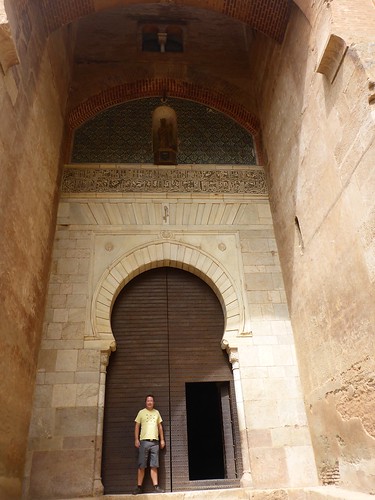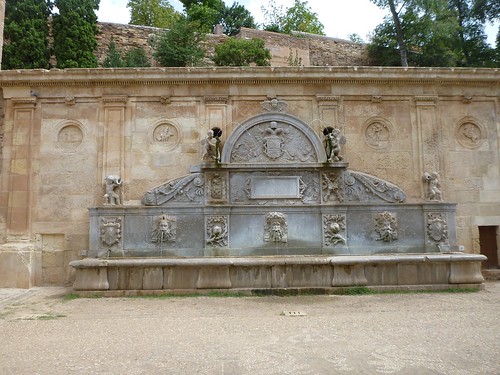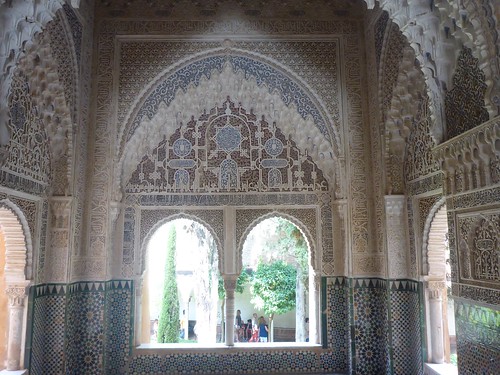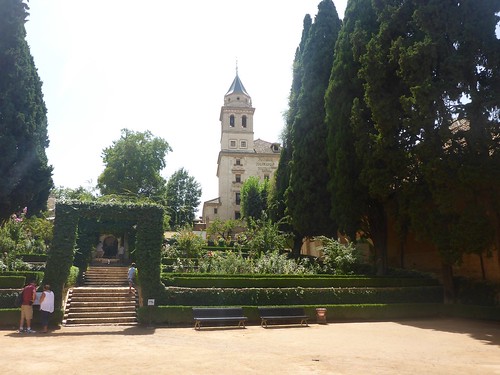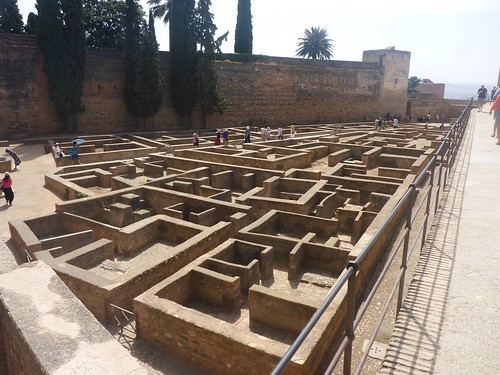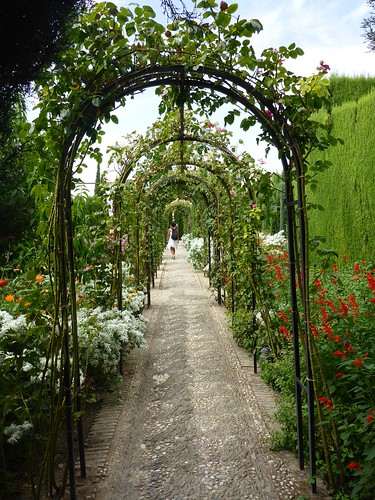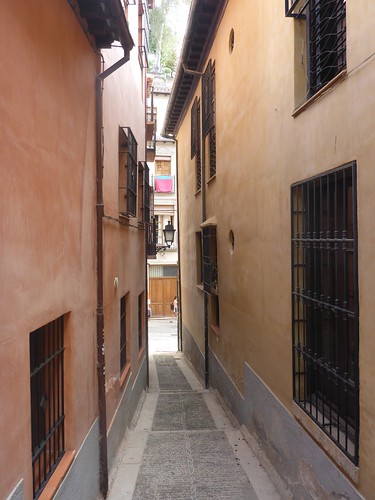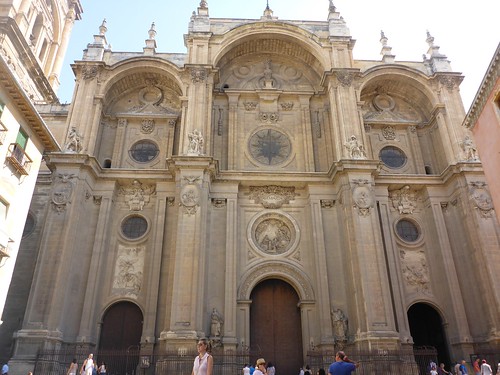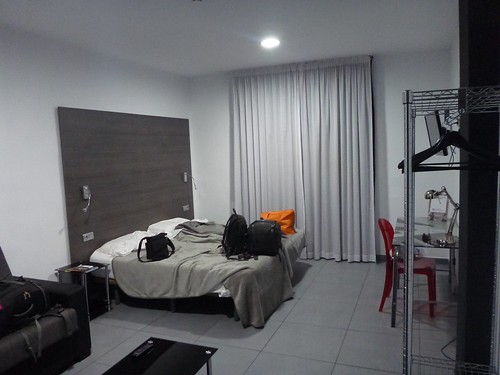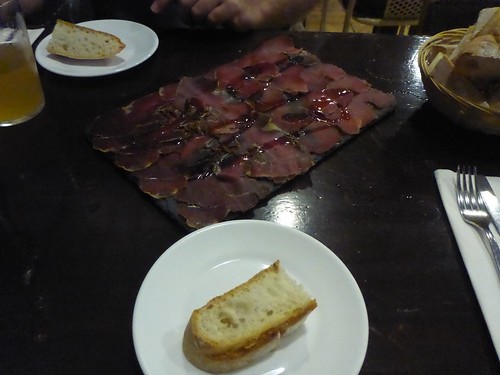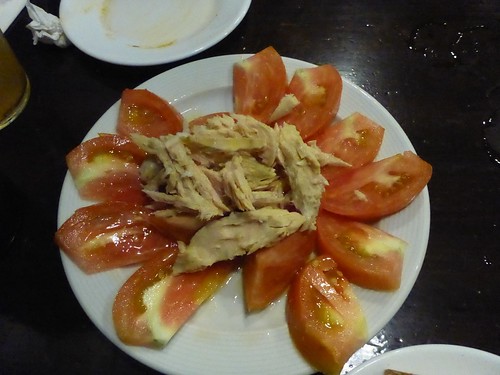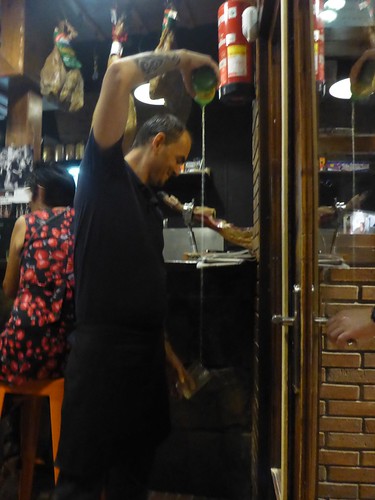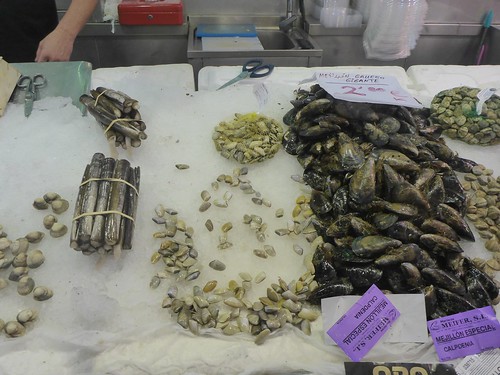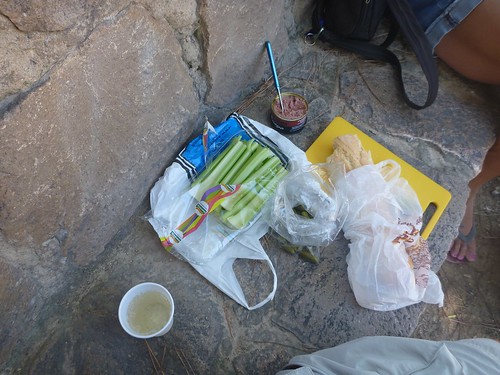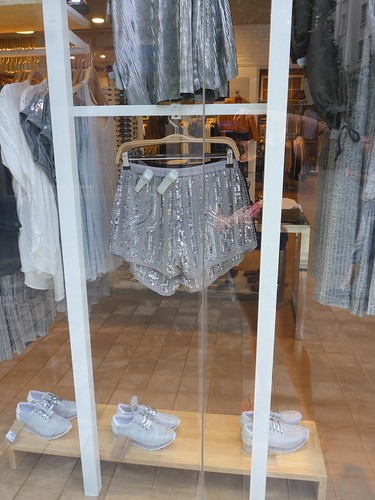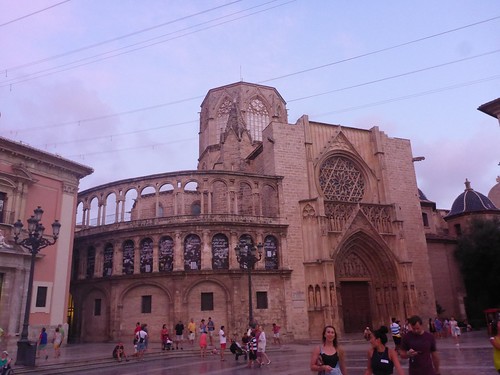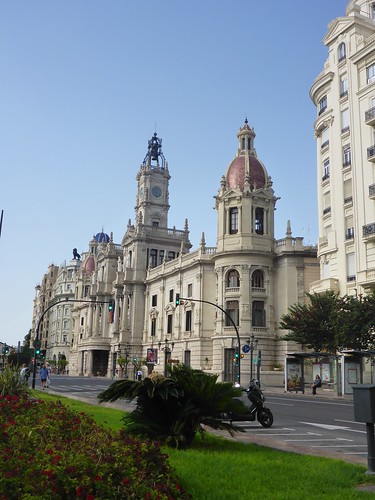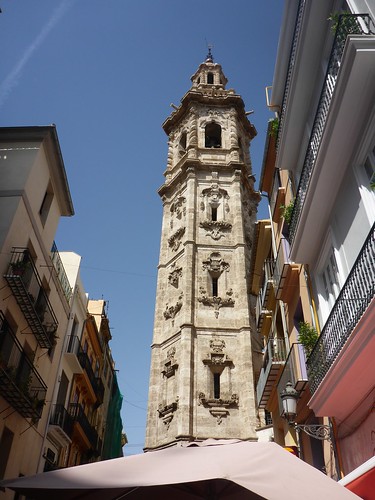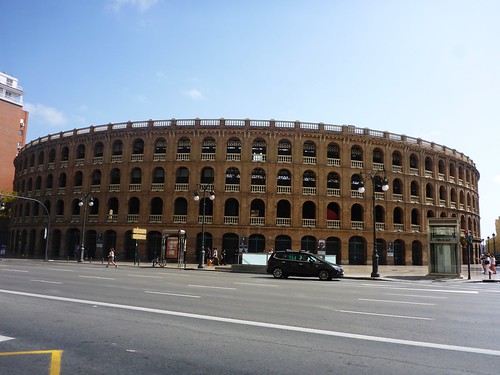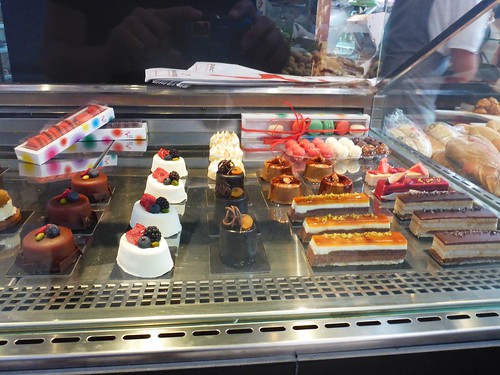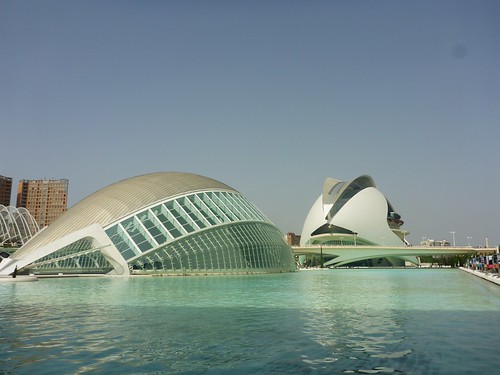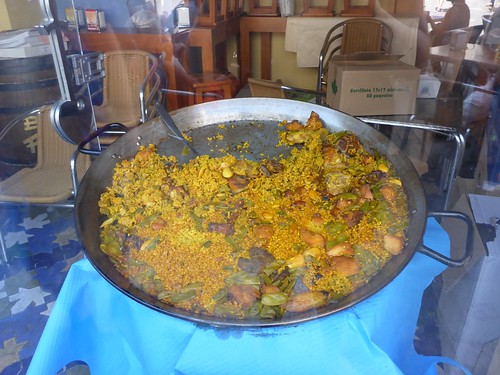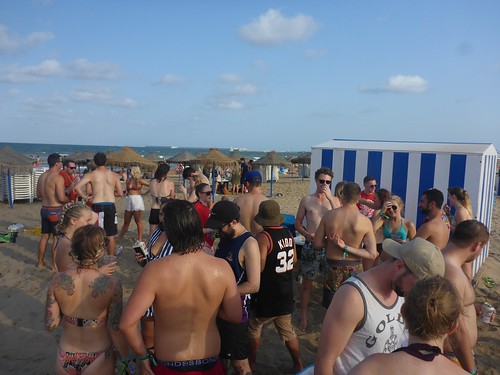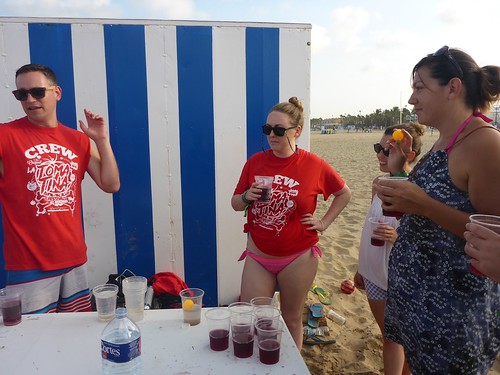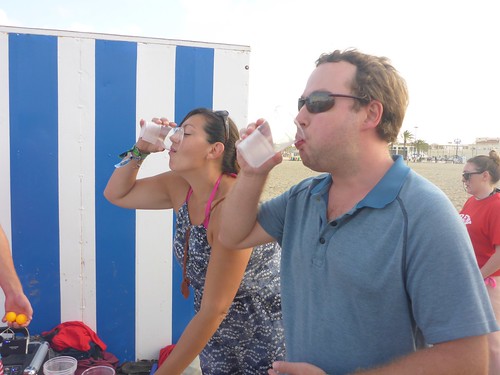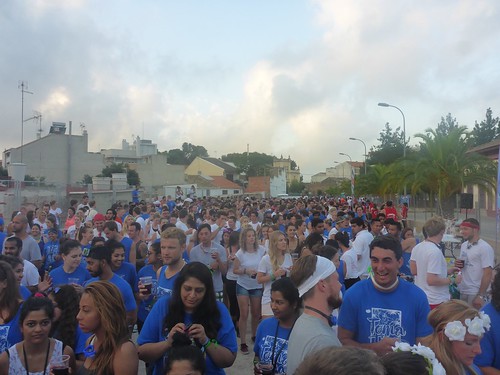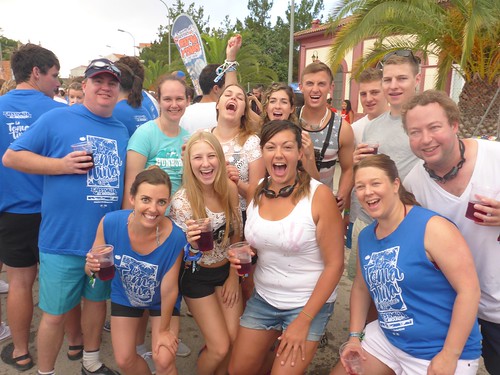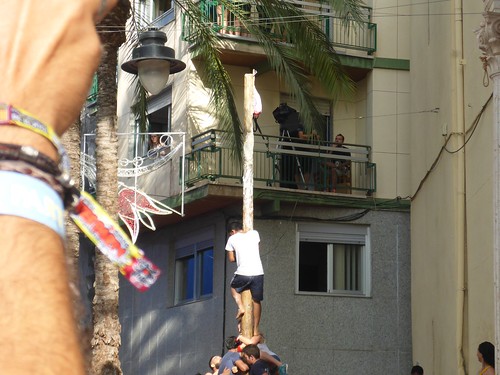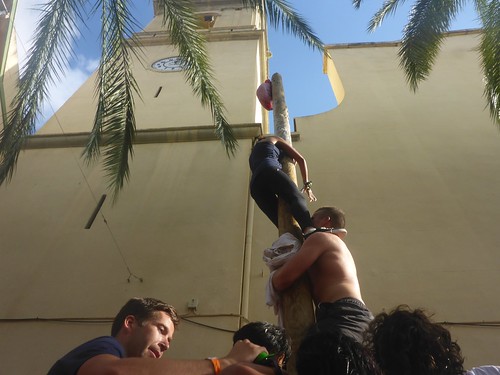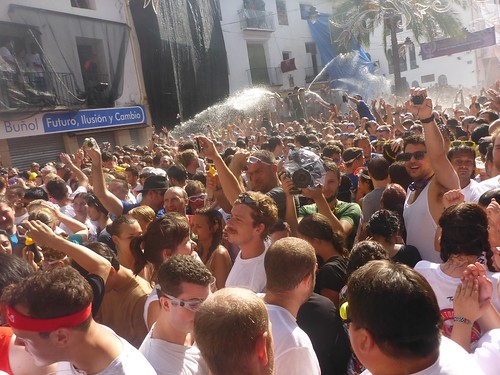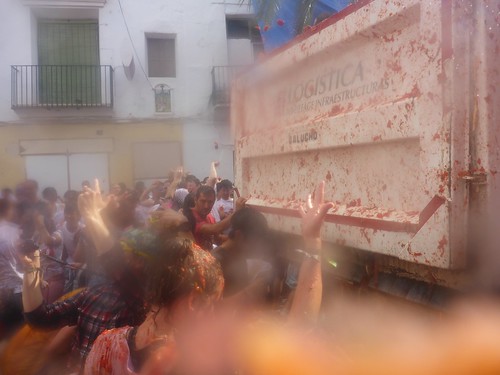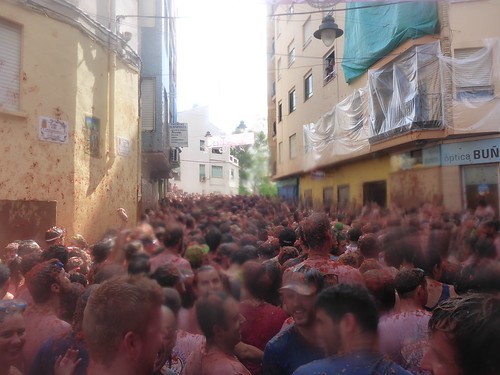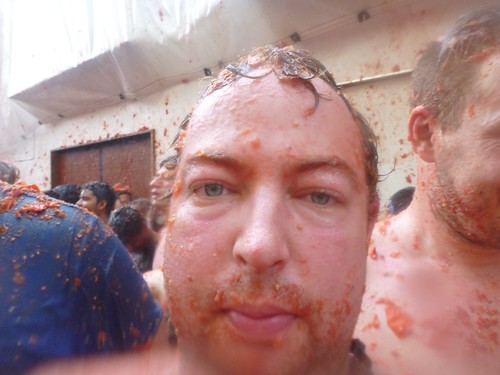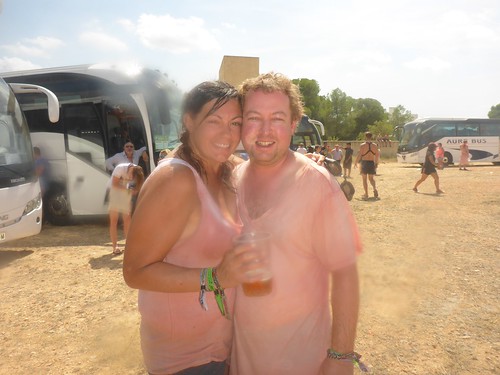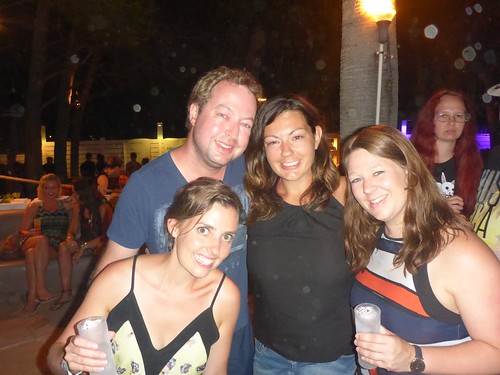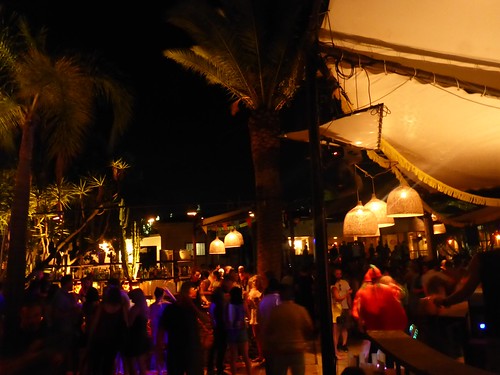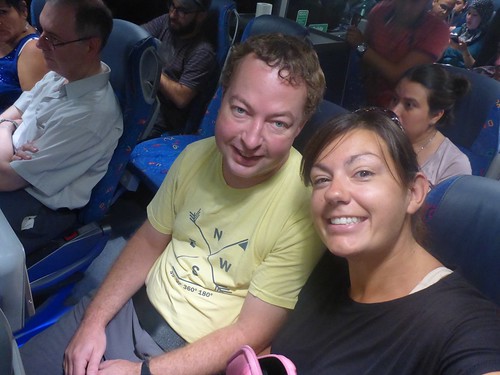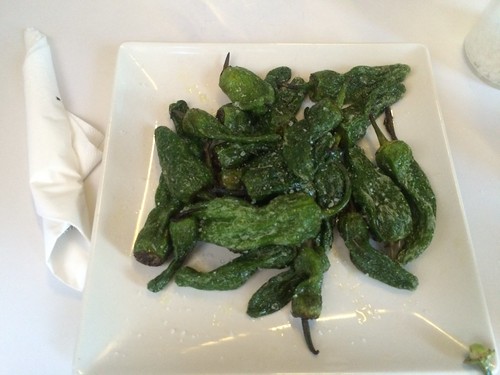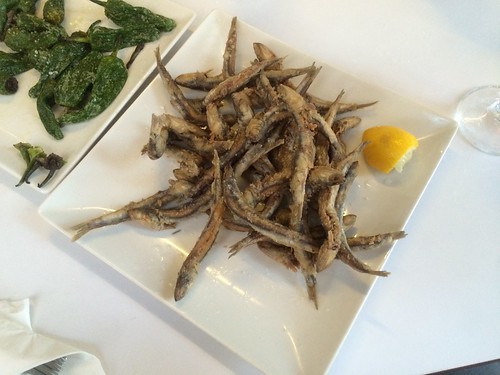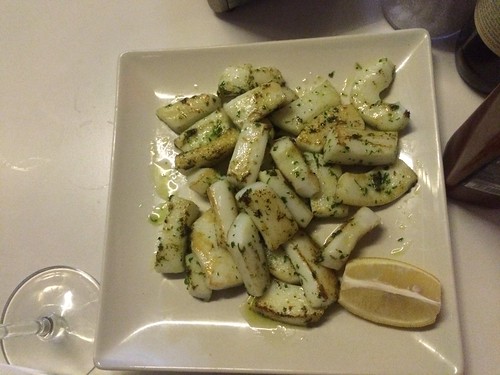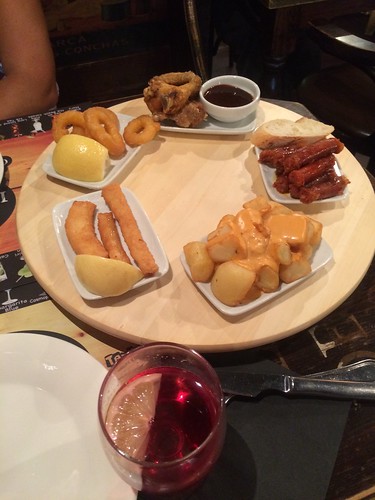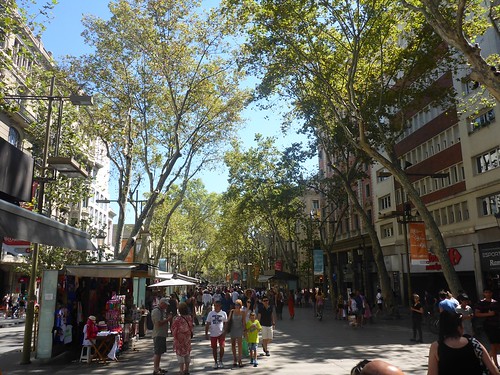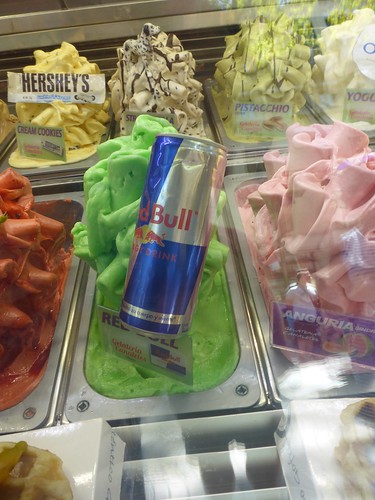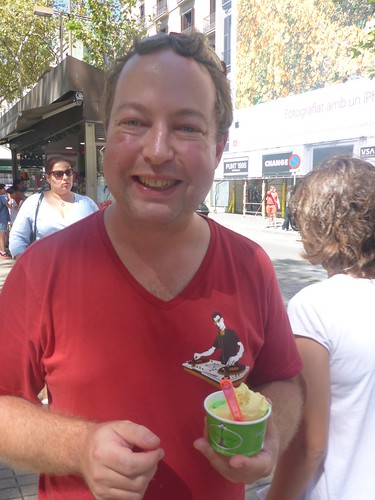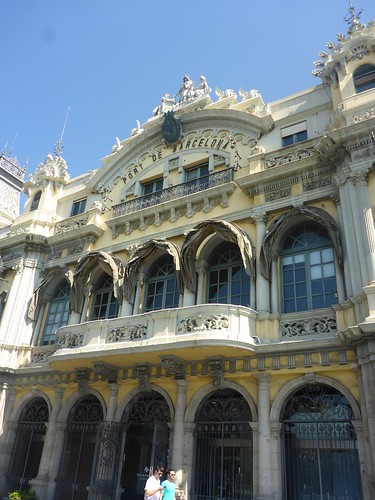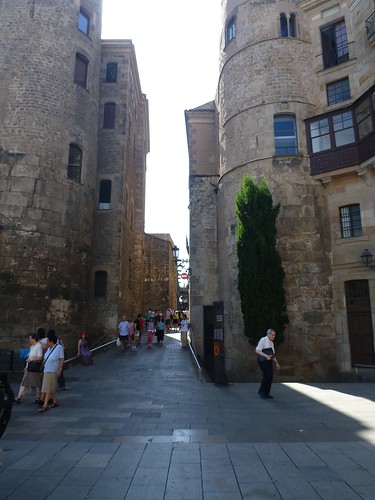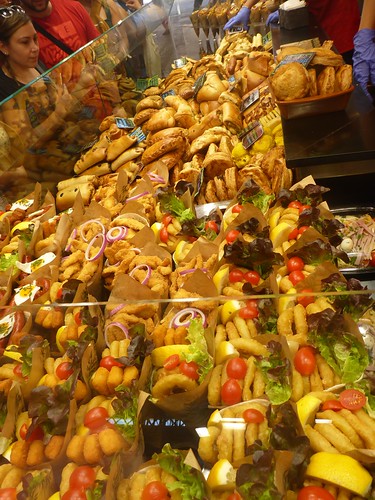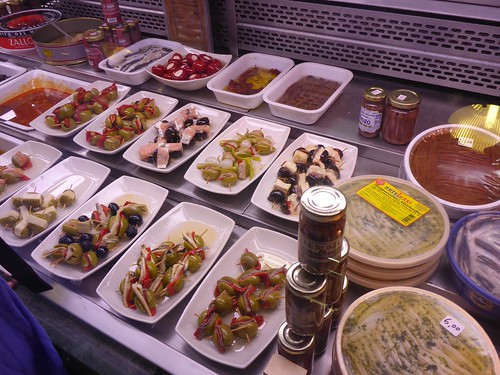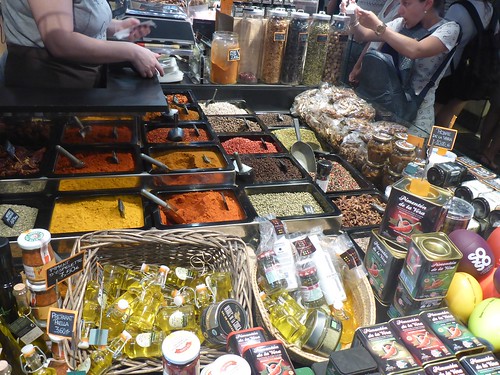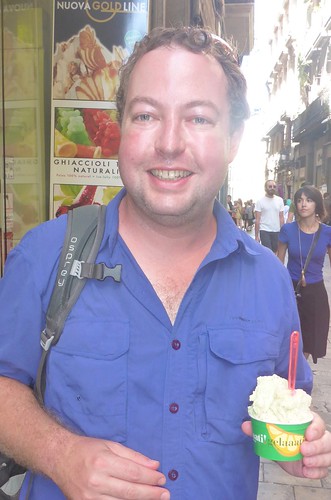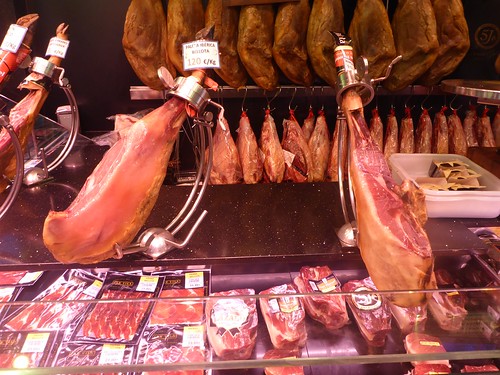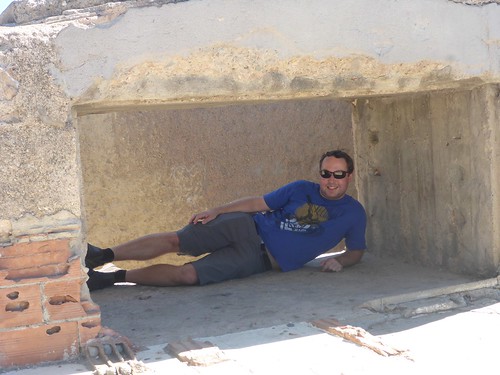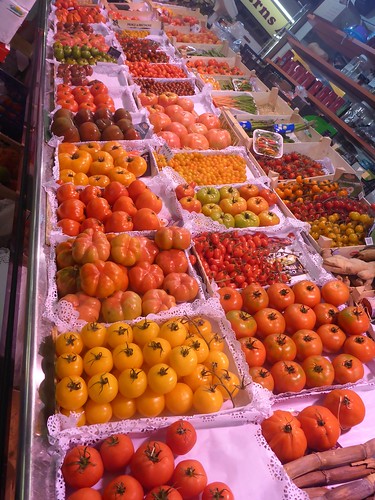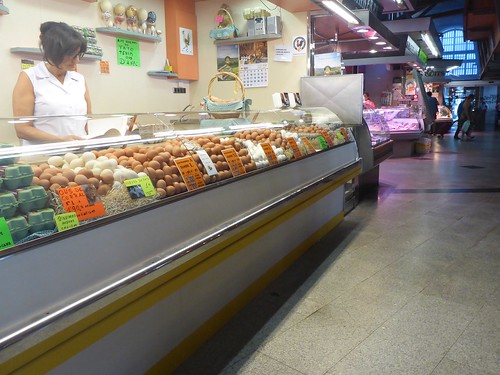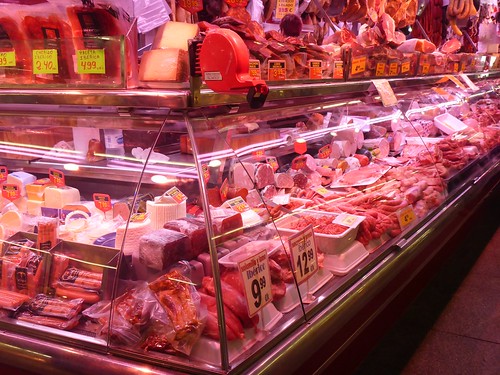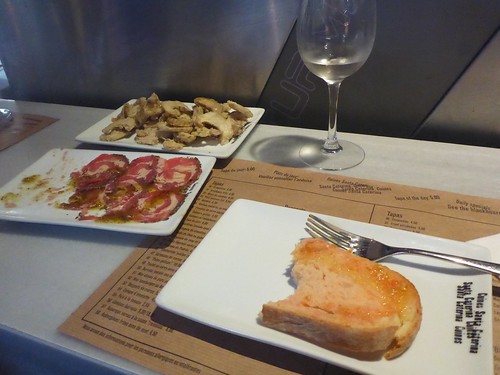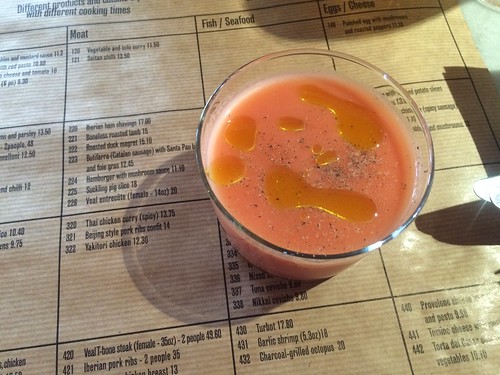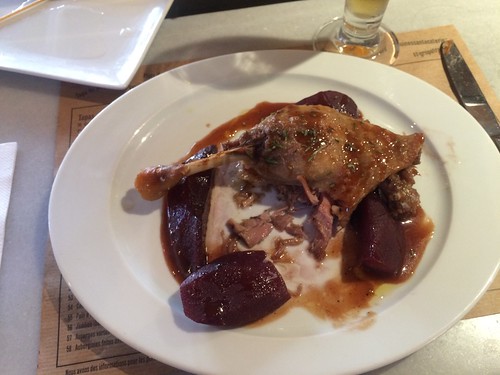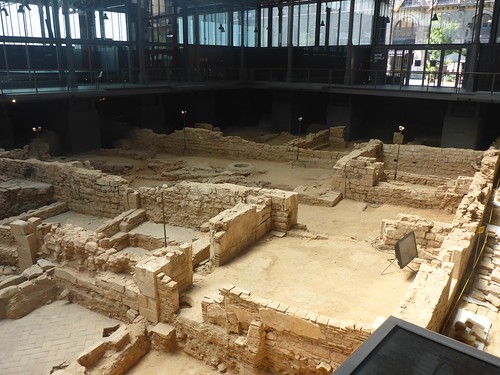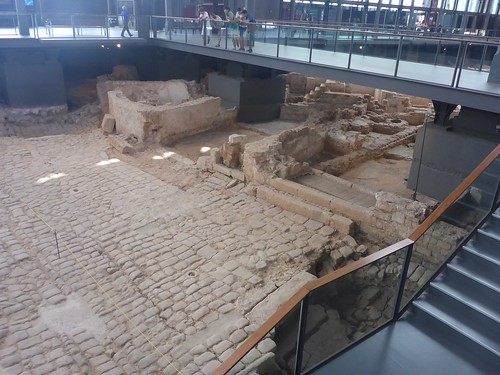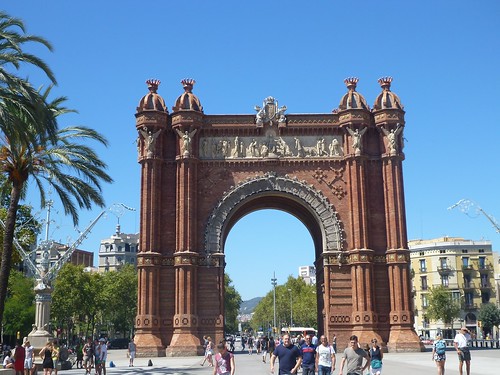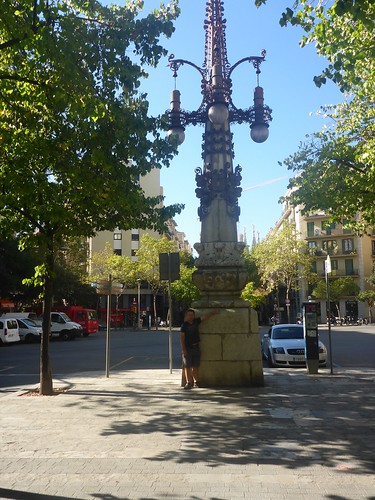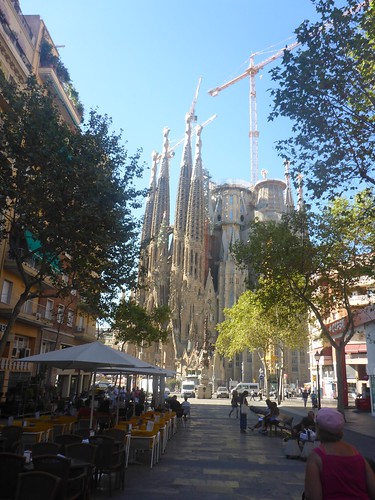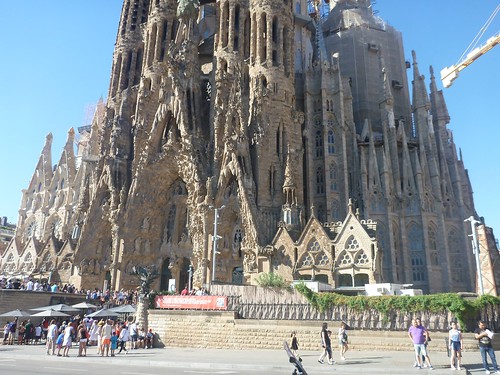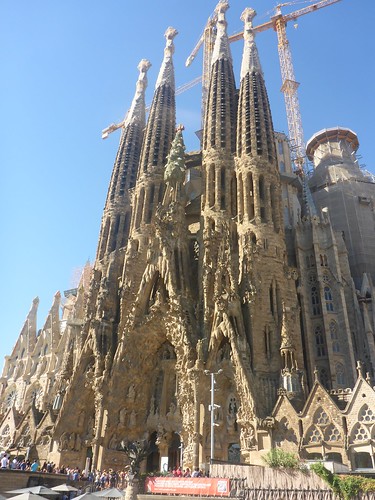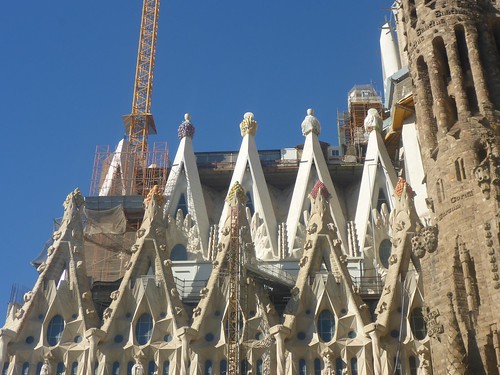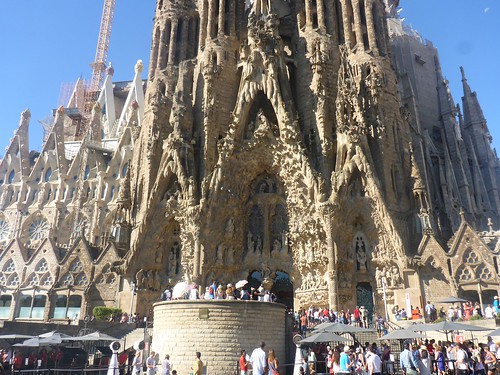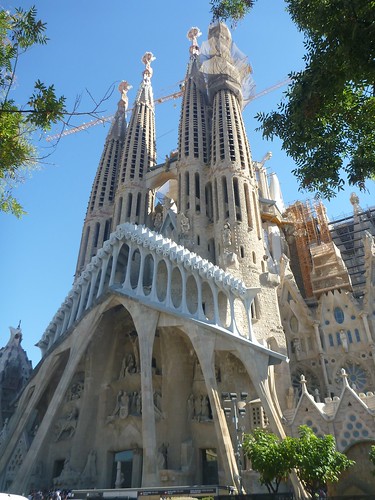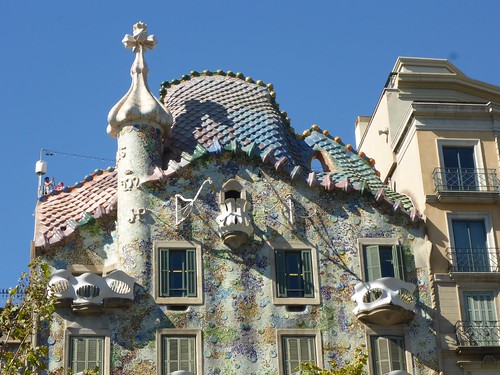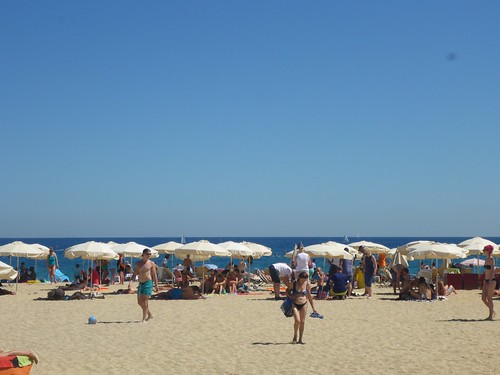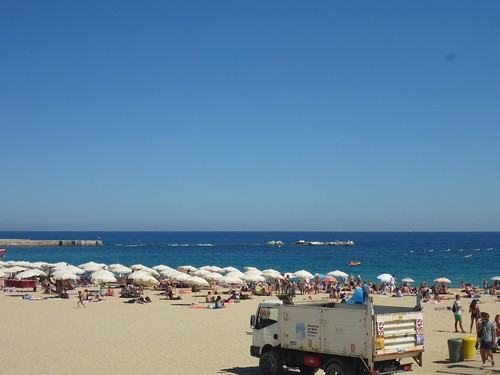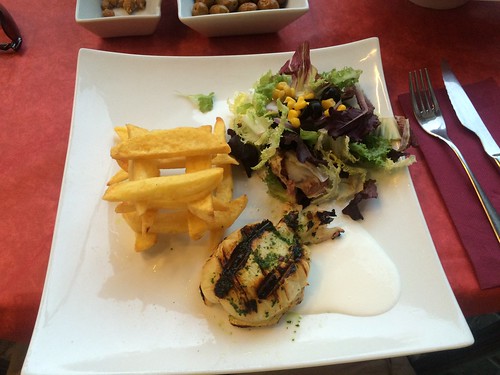Bem-vindo a Lagos, Portugal; a small city perched on the edge of stunning cliff faces that lead down to beautiful white sand and pristine aqua water. A hit for many European tourists throughout the summer, Lagos is the most visited city in the Algarve region, it’s not hard to see why when the narrow streets are sprinkled with cafes, restaurants, nightclubs and the coastline is home to some beautiful beaches.
We’ve arrived
Thankfully our bus on Sunday was without fuss, and for a change, without hangover. We travelled through some very scenic looking towns along the coastline and eventually arrived into Lagos - we didn’t need to deal with the hassle of crossing the border, which, was quite strange seeing as we’d arrived into a new country with a new language. Deciding to go along with our money saving tip of walking rather than taxiing it to our accommodation we dawdled across a small bridge and got lost a few times, ending up at our AirBnB. When we got to the complex, we weren’t sure which apartment it was, as the address on the booking said “T1” but they aren’t numbered like that. There was a reception, with a security guy in it, and he said he could call the person for us. When she arrived, she took us into the apartment, which was quite nice although no fans or air con. It also doesn’t have Wifi, but being without internet for a few days will probably be good for us both (we say this now… until there is nothing to do and the only form of entertainment we have is a deck of cards).
We headed back down to the marina to find some lunch, and ended up at a place that looked okay although the menu was somewhat English, and not just the written English, English food - there were options of mushy peas on some items. We didn’t realise just how English it was until we went in, and all of the staff were English, some speaking no Portuguese at all. Apparently there are lots of English tourists here, and it’s the first place James isn’t excessively white compared to everyone else. We both ordered a random assortment of seafood things with a pile of chips on the side, both our sets of chips were obviously cooked for the same length of time, which would have been great except Dee had thin crinkle cut chips and James think chunky chips, so James’ were very undercooked. The “feijoa” with James’ dish was also not the Portuguese/Brasilian beans he was hoping for, but English baked beans he doesn’t like. (Picky, right? Hahaha)
Finishing our very late lunch we wandered back home via the supermarket and got a few bits and pieces for the next couple of days, including some barbecued chicken (please don’t laugh, it’s been a while since we’ve been able to get a good bbq chook from the supermarket). Mind you the getting of the chook took about twenty minutes due to the two guys in front of us who were getting five chickens each, and then another five for their mate, and then the other mate who came to join them. The lovely ladies at the counter cut the chooks up for you (because doing this at home is too hard? I don’t know why), it took a while nonetheless. The lady behind the deli desk chucked a few sauce packets into the bag for us, which turned out to be Piri Piri (hooray for spicy!!!!), and there’s our dinner folks, Portuguese barbecue chicken… we’d bought some healthy things to go with it but we pretty much just had chicken and passed out, it was a bloody long day!
What is there to see? Other than early morning coffee?
We were thinking of going to have breakfast down by the beach, but we both were still recovering from the diseases we’d caught from La Tomatina (yes… still), and slept in a bit so decided to give it a miss. Instead we wandered into town, across the bridge and the people yelling at us to go onto their kayak/snorkel/fishing/booze tour to try and find some coffee.
Walking down the esplanade next to the river/canal/marina we walked past the municipal market and as always, had to take a look. It was very quiet today since it was a Monday, there are no just-caught fish because Mondays are the fishermen’s day off, and the vegetable section was quiet. There were a lot of spiced and drying chillies there though, don’t worry they make a reappearance later in the week. After the market we wandered through the streets, then along to one of the cliff faces to take in a little fresh air, a beer and some of the stunning view:
We also saw lots of buildings, some umm transport tuk-tuks (a tuk-truck?) And a giant hook.
For lunch, we went to Nah Nah Bah, who, apparently had an award for one of the world’s top 50 burgers. It also has free WiFi! James got their “famous” burger, which was very good, although slippery. It had lettuce-sauce-pineapple-sauce-burger-sauce-lettuce, and being about 10cm tall, it was hard to eat and the middle slid out half way through. Dee decided to go the healthy option of a salad… it wasn’t good enough to warrant a food photo.
Dee was keen to go fishing, and that afternoon we started hunting around for a trip. There are plenty of sight-seeing tours, and kayaking, but few fishing trips. One company said they should have a trip at 3pm but would need to contact the captain, so we dropped into the Lighthouse café/bar for a drink. Coming down later, they said they had talked to the captain, and he was out all day on a big game fishing charter so wouldn’t do the afternoon fishing run. Noone else had a trip that day, but we eventually found one, which had one at 3pm the following day for a reasonable price.
Oh no, it’s rain :(
We decided to set our alarm nice and early so that we could go and see the sunrise at the beach, apparently in Lagos it is a stunning sight, and one that both of us were looking forward to. However, the early morning alarm and our enthusiasm was met with a downpour of rain and a lot of clouds. We instead decided to head out and explore some of the historical side of Lagos, starting at Mercado de Escravos (‘Market of the Slaves). The market building was constructed in 1444 and was Europe’s first slave market… it was a very interesting, yet sobering experience. Worth a wander through if you’re in the area and it was only three euro for both of us to visit.
After the slave market museum we wandered further around the water edge to the Forte da Ponta da Bandeira, a 17th Century Forte perched on the end Bensafrim River and the sea. This amazing but small building was originally used to guard Lagos from attack and then later as a service depot for the military. It is now a museum dedicated to Portuguese discoveries and has an absolutely stunning panoramic view from the top. The visit here was also only three euro for both of us, and if nothing else, worth the money for the view.
Thankfully the rain and clouds had cleared up by the time we’d gotten to the fortress, although, James hadn’t put any sunscreen on so was likely to get the back of his fingers burnt again. We were getting a little hot and bothered so we headed back into town for a cold drink. On our way around before lunch, we found a place for James to get a hair cut (finally), which was quite successful given he speaks almost no Portuguese and the barber didn’t speak English. After a quick beer in the café outside, we headed back to the apartment to get ready for our fishing trip, via the LightHouse café for some lunch. James’ nachos were huge, and Dee’s salad and pate was delicious.
Fishing!
Down at the dock, we only had to wait a few minutes for our boat to turn up. It was a nice new boat, and we boarded and waited for a few minutes for the others that would have been coming along. The skipper then said he had a call from the other group of five who were going to come, and a few were sick so they cancelled. That meant we had the whole boat to ourselves, just the two of us and our boat crew, Lude (pronounced “luz”) and Mario.
We headed out past the heads and out into deeper water. When we dropped anchor the skipper said that we were in 39m of water. The afternoon was spent on the water, catching lots of fish, having a few beers and attempting to Portuguese our Spanish enough to speak to our boat crew (although they spoke English too). It was bliss…
The ride back in was a bit rougher, and a lot cooler. Arriving at the dock, the guys started putting all the fish into a bag, the ones we caught and the ones they did too. We didn’t think we needed that many fish, but they insisted we take them. When we got back to our unit it was getting a bit late to cook the fish on the barbecue, as it was 30 minutes away from sunset when we got off the dock, and the light outside didn’t work. We also need to gut and scale them too. Dee started on that while James went to the supermarket to grab more supplies, and then James joined the scaling once back. Cooking them up in a pan on the stove got underway, with only one small saucepan (barely large enough for the biggest fish), only olive oil and butter. They were delicious with lemon and salad.
All of the fish…
Up early again for sunrise, and greeted again with clouds and showery rain, we stayed in, made coffee and had fish for breakfast! Today was going to be a good day, since we were booked onto a three hour “booze cruise” run by one of the local hostels called Rising Cock. It included lunch but since it was supposed to leave at 1pm, we thought we should have a bite to eat before hand to soak up all the free beer and sangria. So in the morning we headed back into the centre of town to grab a coffee, and take another quick look at the area, before heading towards the dock. We arrived at 12:40 and couldn’t see anything that looked like a 70 foot yacht, but maybe they were just on their way in or potentially we had the time confused and it was supposed to leave at 2pm.
Around 1:10 we figured that it couldn’t have been a 1pm departure, so went back to the Lighthouse with their free Wifi, to try to figure out what time it left. Unfortunately the website is not at all helpful and just lists the days and not the times, but the website Dee found it via did say 1pm and confirmed we had been in the correct dock area. We quickly sent an email to the address on the website, which got returned as undeliverable, so we send a second one to the hostel information address. Since we were getting a bit hungry we ordered some hummus and flatbread to eat, while keeping an eye out for any large yachts going near the dock. By 2pm there was still no sign of a boat that size, and we had no reply to the email, so we got some more lunch and headed home for the evening, unfortunately no cruise but we did have booze, and a lot more fish, so all was good! Even better, the AirBnB had a charcoal barbecue.
Sunshine and beach days
Managing a little bit of a sleep in Thursday morning after our previous failed attempts at watching the sunrise, we headed down to finally experience the beaches of the Algave coast. We walked along the road past the really close ones, which were already packed despite being early (for Europe) in the morning. Along the way we stopped for a quick beer or two at a café on the top of a cliff above a grotto. Dee took advantage of the free WiFi to talk to Ruth, and show her the beautiful sights to make her envious.
Continuing along the road, we got a bit confused which way we were supposed to go since it lead to a hotel, but there seemed to be several people heading to the beach this way, so we followed them down the side of the hotel car park, and down the stairs to the beach. Just before we got to the wooden boardwalk (which is a great idea, Australian beached should do that) there was a restaurant where we stopped in for lunch. A pork steak with salad and chips for James, and a pork steak sandwich and salad for Dee - the pork was cooked perfectly, and the chips were great unlike the ones at the fish and chip place the other day. We’re struggling a bit with the change of language, and keep saying “gracias” without thought rather than “obrigado/a”.
Walking down the steps to the beach, we saw how packed it was - it’s the most popular beach in the area. Around 200m long between a rock cliff and a rock barrier, there were lots of people spread across the whole area, a collection of umbrellas and lounge chairs for hire, a handful of girls bathing topless, and many more quite red people (probably from England). The sand was nice enough although full of shells, but the water was very cold. Since we’re close to the mouth of the Mediterranean joining the Atlantic ocean, it’s not that hot, probably around 18 degrees, and much too cold for Dee, with James only going waist deep for 45 seconds.
After lounging in the sun (or shade for James) for a few hours, we started the journey back home via a dirt path that walked along the cliff edge, to get a few photos of the amazing scenery. The coastline here is stunning, and definitely worth a visit - we can see why all the English people come over here for summer holidays.
For dinner, we had fish again (surprise!), where Dee made up some delicious herb butter to put on top of the fish with garlic and chilli, before being wrapped in foil for James to barbecue over coals, served with salad and barbecued chilli zucchini rounds. One could say we had a nice chilled out day… topped off with a little wine!
No buses today!
Friday rolled around and it was time for us to get our things together for the next stop of our adventure. We got ourselves packed up in the morning, had the last of our fish for breakfast and then headed to the train in the afternoon. This was our first long-distance passenger train, only having caught the Aguas Caliente to Ollantaytambo train in Peru back from Maccu Picchu. Next stop: LISBON!
Go see all the photos from Lagos
